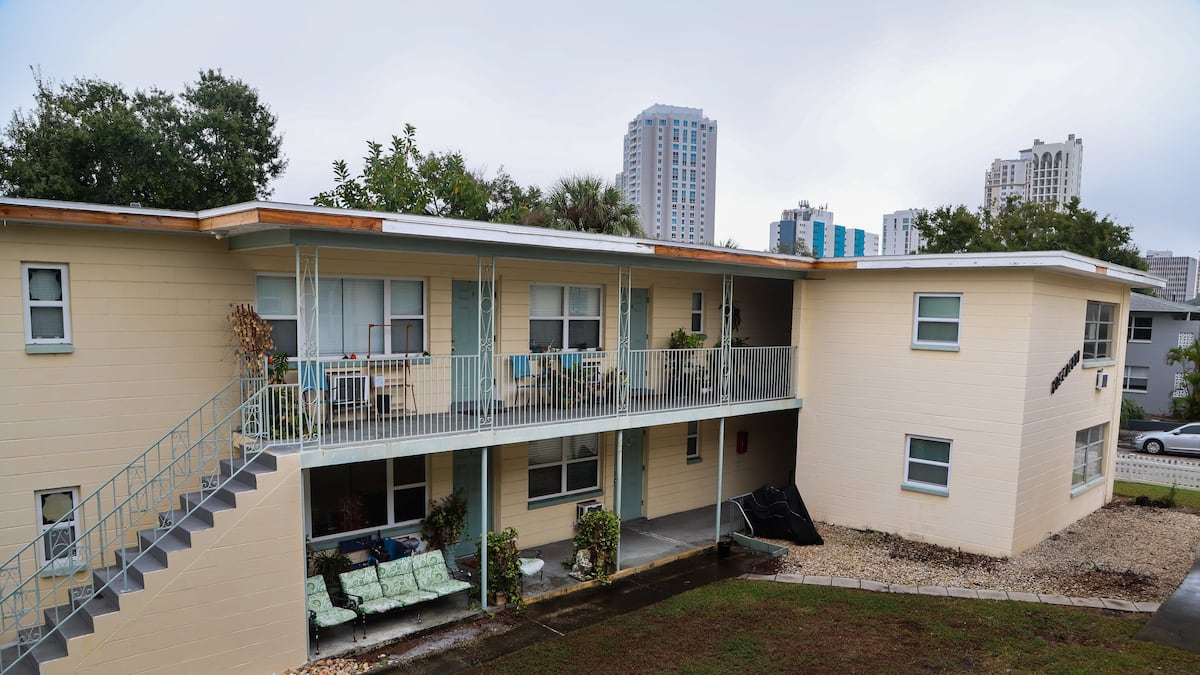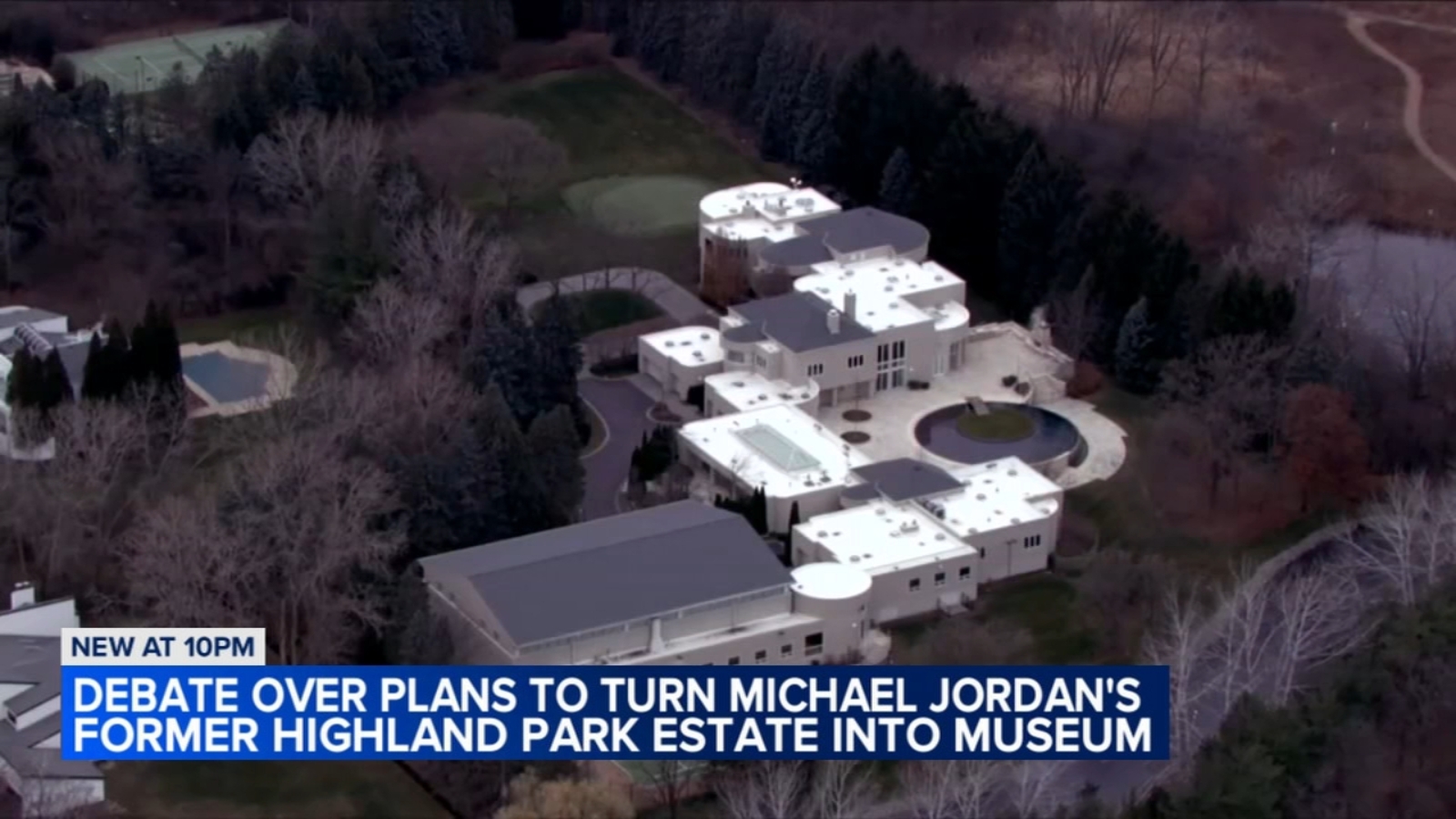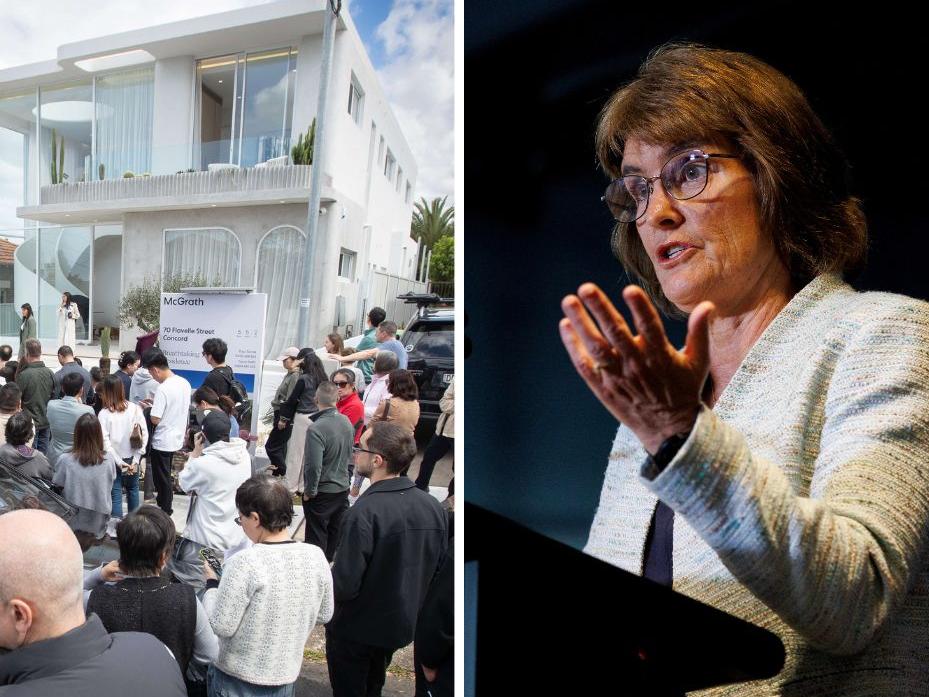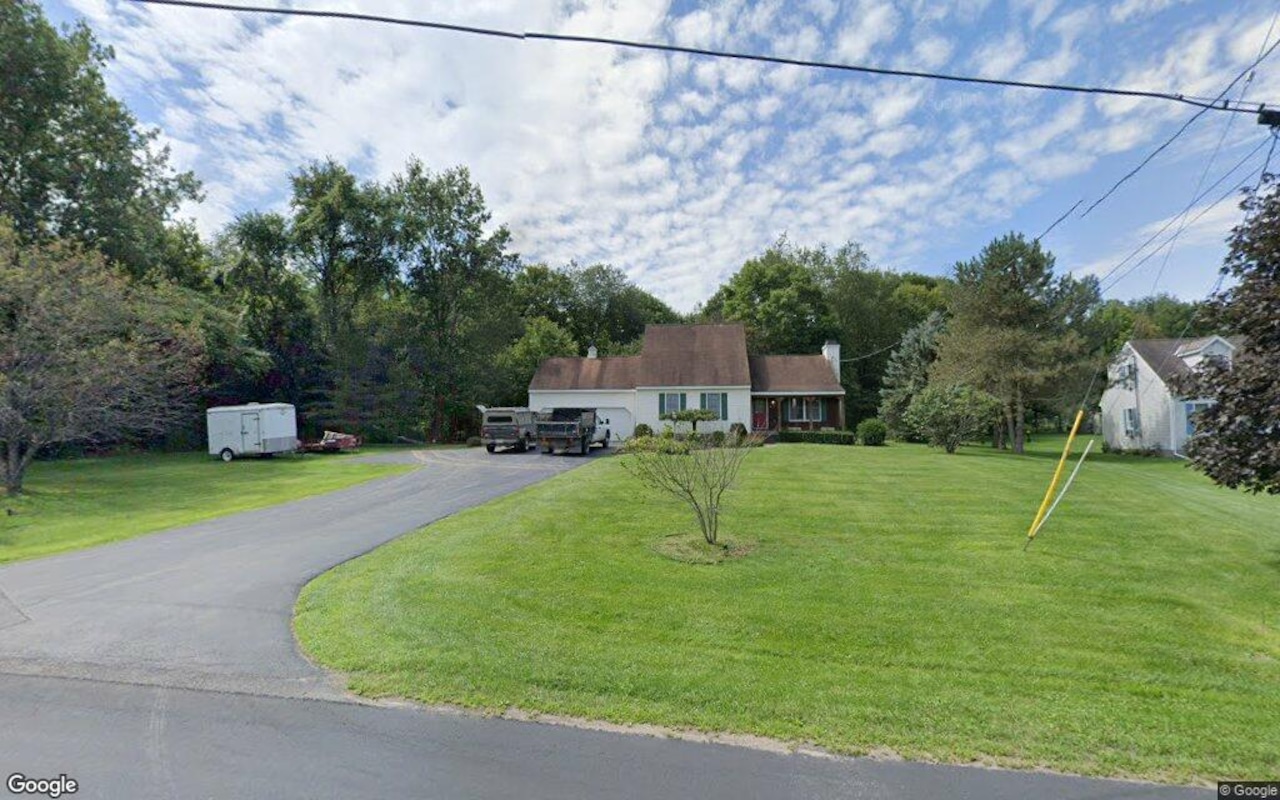W
hen Zillow debuted in 2006, it was a fledgling site with limited features, but one thing that stood out was the Zestimate: a free, unbiased valuation for 40 million houses across the US. The algorithm-based estimate quickly gained popularity, and today it's arguably the most popular and polarizing number in real estate. An entire generation of homeowners has grown up with the Zestimate, some obsessively tracking its output like a stock portfolio or cryptocurrency price.
Industry insiders view the Zestimate as a starting point at best and dangerously misguided at worst. Real-estate agents often find themselves arguing with sellers who reject their pricing advice, instead relying on the Zestimate as gospel. One meme likens Zillow enthusiasts to adults who still believe in Santa. Zillow itself lost hundreds of millions during the pandemic when it relied on its algorithm to buy homes at inflated prices.
The Zestimate is just one of many automated valuation models (AVMs) used by banks, investors, and laypeople to estimate home values. While other AVMs exist, none have wormed their way into popular culture like the Zestimate. The model's accuracy is suspect, but it excels at luring people to Zillow.com.
About 104 million homes – 71% of the US housing stock – have a Zestimate hovering above them on Zillow's website. One such home is my childhood residence in Austin, where I can see its Zestimate has dropped by $4,455 over the past 30 days. But how accurate are these numbers? Until the house sells, it's impossible to say.
Zillow's own explanation of its methodology and outcomes can be misleading. The model incorporates thousands of data points from public sources like county records and user-submitted info. Zillow notes that the Zestimate can't replace an actual appraisal but touts it as a powerful starting point in determining a home's value, generally quite accurate.
However, when you look at the median error rate for off-market homes – 7.49% – things get sticky. Half of homes sell within this margin, but the other half don't, and Zillow doesn't provide details on how bad those misses are. The Zestimate becomes more accurate when a house actually hits the market, as it leans on actual humans to do grunt work.
Zillow keeps a second, shadow Zestimate humming in the background that never sees the light of day. This version doesn't factor in the list price and is used to calculate the off-market error rate. In Austin, only about 66% of these estimates come within 10% of the actual sale price.
The business-to-business models are more reliable but costly to develop, so they're not offered to regular people for free. These models work best in areas with a lot of homes that look and feel roughly the same. Cookie-cutter suburbs are heaven; areas with diverse home styles and ages pose a greater challenge.
Several people I spoke to say they've seen Zillow's model adjust its estimate to match the list price, which is generally a good indicator of the sale figure down the line. This makes the Zestimate more accurate when a house actually hits the market.
Other sites have their versions of the Zestimate, too – there are about 25 different AVMs in the market. Realtor.com shows three estimates from different providers, and Redfin has its own model. Consumer-facing AVMs like the Zestimate or Restimate are meant to be used informally as casual starting points before consulting real experts.
The hazards of the Zestimate are most obvious when a seller decides to list their home. Real-estate agents have a complicated relationship with the Zestimate – it can drive business but also make it hard to do their job. A few times, Francine Carstensen has lost clients over pricing disagreements involving the Zestimate.
Accuracy may not even be the point. Rich Barton, a Zillow cofounder, recalled that the Zestimate started out fairly inaccurate but didn't matter – it was provocative. Spencer Rascoff sold his home in 2016 for 40% less than its Zestimate. The company offered $1 million to whoever could improve the algorithm the most.
The implosion of Zillow's homebuying business, Zillow Offers, was a more damning misstep. In theory, Zillow could buy homes at a low price and sell them quickly for a profit. However, the company's forecasts turned out to be way off base, squandering $422 million in 2021 alone.
Amanda Pendleton, a Zillow spokesperson, attributes the program's downfall to market volatility, not the Zestimate. Once the losses came to light, the company swiftly shuttered the division and laid off a quarter of its staff.
The Zestimate remains too valuable an asset for Zillow to give up. People still flock to Zillow for those little numbers next to each home, for the thrill of feasting their eyes upon something that's considered taboo to talk about in person. For Zillow, that's an unequivocal win."














